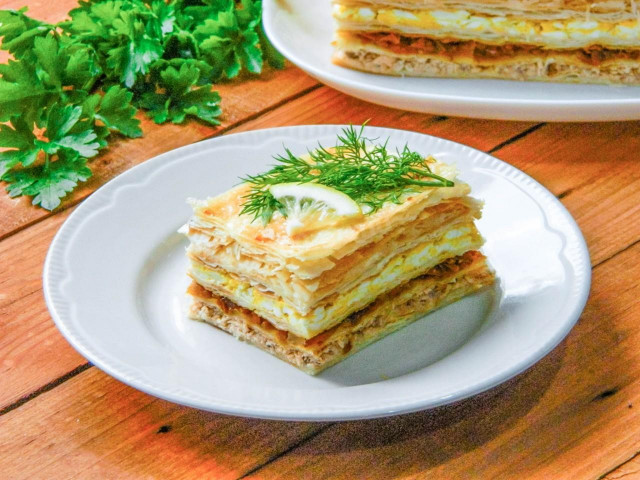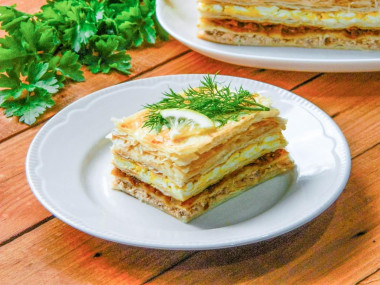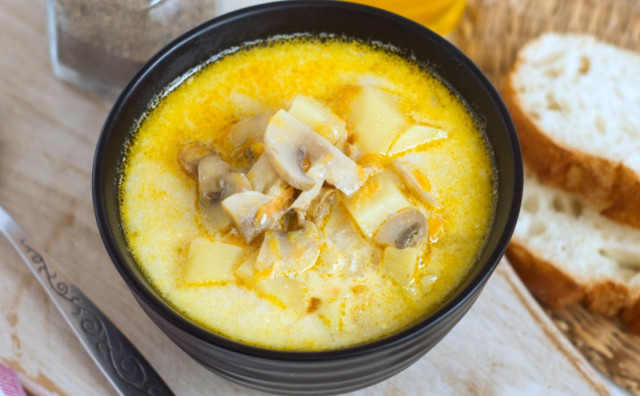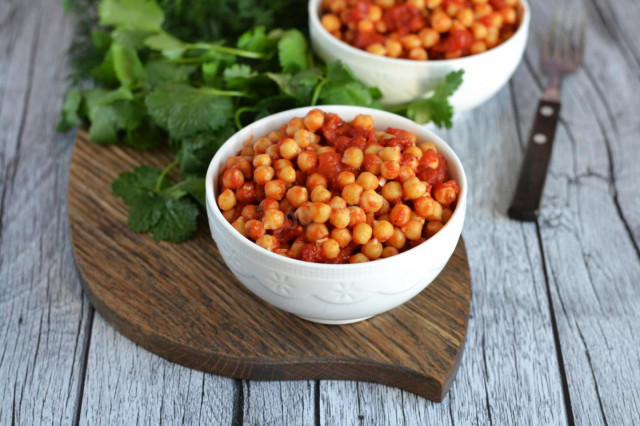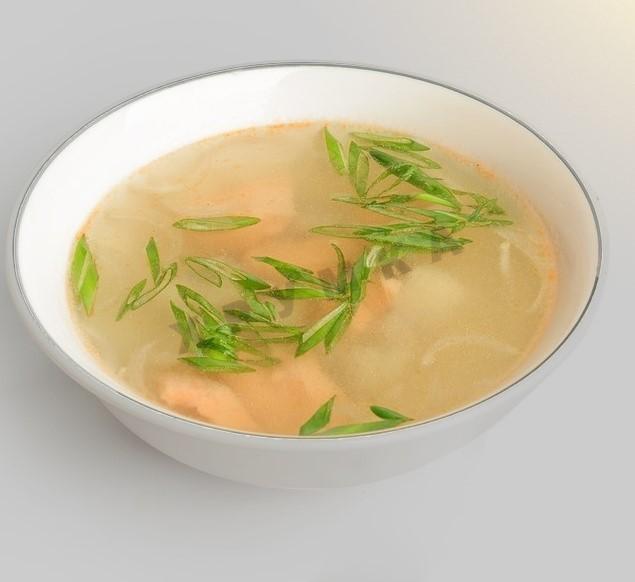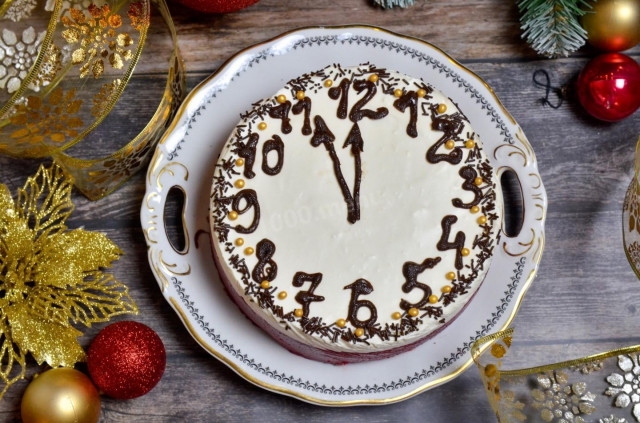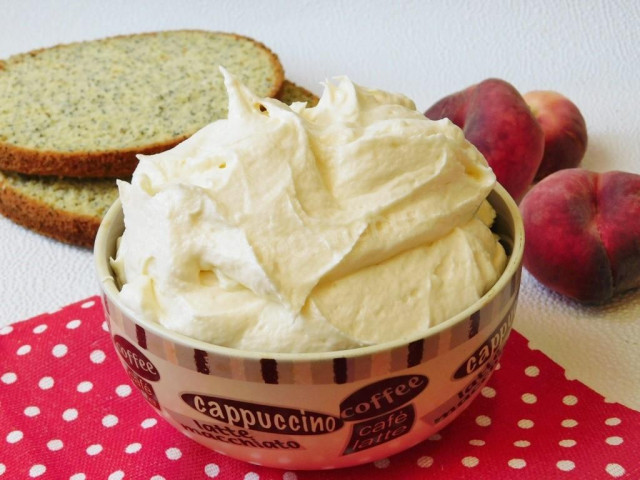Composition / ingredients
Step-by-step cooking
Step 1:
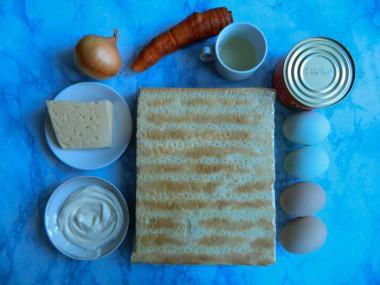
How to make a Napoleon fish cake? Prepare the products. Any cheese will do, as long as it is natural and tasty. Take canned fish without adding oil, the best quality, there should be nothing in the composition except salt and spices. I took pink salmon, but saury and mackerel, which you like, will also do. When buying cakes, pay attention to their appearance. They should be whole, and there should not be too many crumbs in the package.
Step 2:
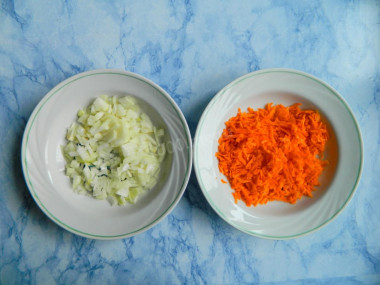
Peel and rinse the onions and carrots. Grate the carrots on a coarse grater. Cut the onion into small cubes. In this form, the vegetables will fry faster.
Step 3:
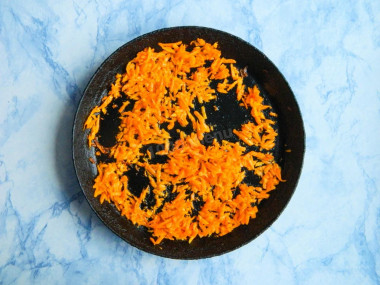
Take a saucepan or frying pan. Heat it up, carefully, so as not to get burned, pour out the vegetable oil. Since the carrots are cooked longer than the onions, put the grated carrots first. Fry it over medium heat, stirring occasionally, for about 2 minutes.
Step 4:
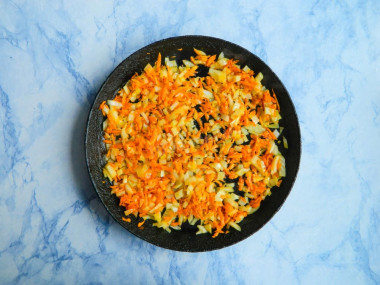
When the carrots begin to become softer, put the chopped onion in the pan and fry for about 5 minutes over medium heat. Be sure to stir so that the vegetables are evenly fried and not burnt.
Step 5:
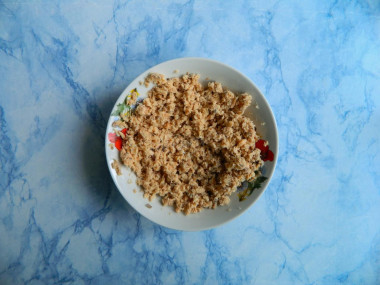
Open the canned fish, carefully drain the liquid into a separate container. Transfer the pieces of fish to a bowl, and chop with a fork, removing the large bones. In order for the cakes to be well soaked, the filling should be sufficiently moist. To do this, add 1-2 tablespoons of liquid to the crushed fish mass, which was drained earlier.
Step 6:
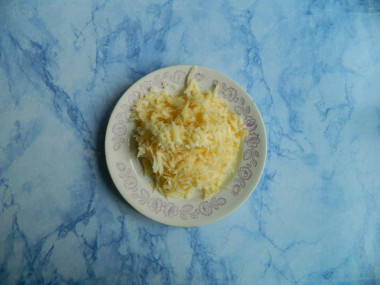
Grate the hard cheese on a grater. For this recipe, it does not matter what size (large or medium) of the grater you choose, the main thing is that the filling is homogeneous and does not crumble.
Step 7:
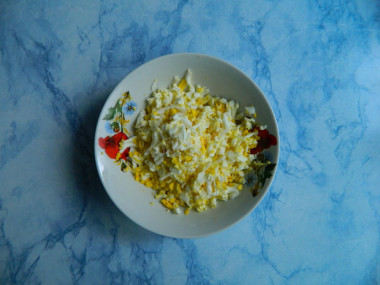
Boil hard-boiled eggs. To do this, fill them with cold water and cook for 10 minutes after boiling over medium heat. To make the boiled eggs clean well, fill them with cold water after cooking. Cool completely. Grate the peeled eggs on a coarse grater.
Step 8:
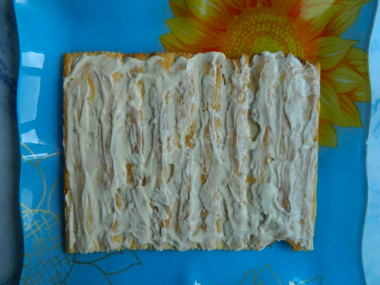
For the cake, take a cutting board or a flat dish. Dry cakes are too fragile, so work with them carefully so as not to break and spoil the appearance of the future cake. Put the first cake on the dish and spread it evenly with mayonnaise. One cake takes about 1 tablespoon. The taste of the cake will depend on the quantity and properties of mayonnaise. The more mayonnaise, the heavier and wetter it will turn out. Consider this.
Step 9:
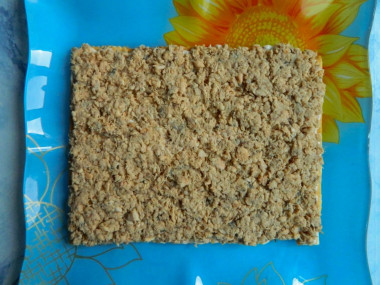
Spread the chopped fish evenly over the mayonnaise. Put the second cake on top, gently press it down.
Step 10:
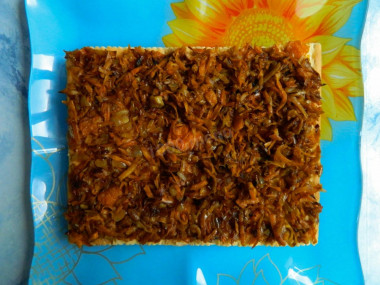
Put the fried onions and carrots on top of the second cake. Mayonnaise is not required here. Next, put the third cake and also gently press it down.
Step 11:
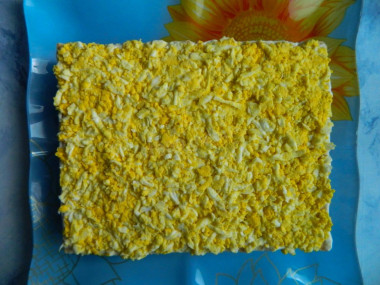
Spread the third cake evenly with mayonnaise. Put the chopped eggs on top, distribute them evenly. Put the fourth cake on top, press down again.
Step 12:
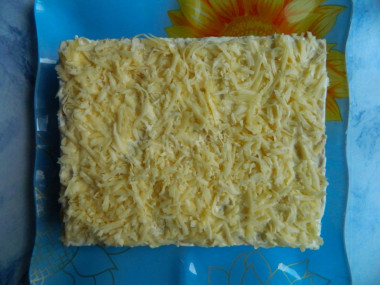
Smear the cake with mayonnaise. Apply grated hard cheese evenly on top.
Step 13:
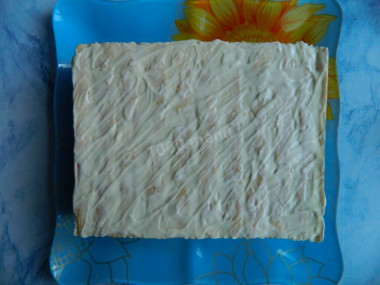
Cover with the last cake, press down and spread it evenly with mayonnaise. Decorate the cake with vegetables and herbs at your discretion and put it away to soak in the refrigerator. The cake will be ready when all the crunchy cakes turn into soft ones. Read the swelling time on the cake packaging. Usually after 1.5-2 hours the cake is soaked and it can be eaten. I usually cook such a cake in the evening so that it is ready for use in the morning.
It is better to decorate a fish cake before serving it to the table so that it looks fresh and appetizing.
The finished cake can be served with tea or coffee. If you make an interesting design of the dish, then it will boldly and rightfully take pride of place on the festive table as a cold snack.
The recipe uses ready-made puff pastry cakes for the cake. However, they can be baked on their own.
It is better to prepare mayonnaise yourself. It will be tastier and healthier. See here interesting
recipes for homemade mayonnaise.
Also, as a dressing, you can use not only mayonnaise, but also sour cream or natural yogurt. They can be taken separately or mixed with mayonnaise in any proportion to your taste - this will reduce the calorie content of the dish.
Shake the can before buying. The more liquid there is in it, the smaller the fish.
Use oil with a high smoking temperature for frying! Any oils are useful only until a certain temperature is reached - the point of smoking, at which the oil begins to burn and toxic substances, including carcinogens, are formed in it.
Unrefined oils, with rare exceptions, have a low smoking point. There are a lot of unfiltered organic particles in them, which quickly begin to burn.
Refined oils are more resistant to heating, and their smoking point is higher. If you are going to cook food in the oven, on a frying pan or grill, make sure that you use oil with a high smoking point. The most common of the oils with a high smoking point: refined varieties of sunflower, olive and grape.
Caloric content of the products possible in the composition of the dish
- Carrots - 33 kcal/100g
- Dried carrots - 275 kcal/100g
- Boiled carrots - 25 kcal/100g
- Dutch cheese - 352 kcal/100g
- Swiss cheese - 335 kcal/100g
- Russian cheese - 366 kcal/100g
- Kostroma cheese - 345 kcal/100g
- Yaroslavsky cheese - 361 kcal/100g
- Altai cheese 50% fat content - 356 kcal/100g
- Cheese "Soviet" - 400 kcal/100g
- Cheese "steppe" - 362 kcal/100g
- Uglichsky cheese - 347 kcal/100g
- Poshekhonsky cheese - 350 kcal/100g
- Lambert cheese - 377 kcal/100g
- Appnzeller cheese with 50% fat content - 400 kcal/100g
- Chester cheese with 50% fat content - 363 kcal/100g
- Edamer cheese with 40% fat content - 340 kcal/100g
- Cheese with mushrooms of 50% fat content - 395 kcal/100g
- Emmental cheese with 45% fat content - 420 kcal/100g
- Gouda cheese with 45% fat content - 356 kcal/100g
- Aiadeus cheese - 364 kcal/100g
- Dom blanc cheese (semi-hard) - 360 kcal/100g
- Lo spalmino cheese - 61 kcal/100g
- Cheese "etorki" (sheep, hard) - 401 kcal/100g
- White cheese - 100 kcal/100g
- Fat yellow cheese - 260 kcal/100g
- Altai cheese - 355 kcal/100g
- Kaunas cheese - 355 kcal/100g
- Latvian cheese - 316 kcal/100g
- Limburger cheese - 327 kcal/100g
- Lithuanian cheese - 250 kcal/100g
- Lake cheese - 350 kcal/100g
- Gruyere cheese - 396 kcal/100g
- Salad mayonnaise of 50% fat content - 502 kcal/100g
- Light mayonnaise - 260 kcal/100g
- Provencal Mayonnaise - 624 kcal/100g
- Provencal mayonnaise - 627 kcal/100g
- Table mayonnaise - 627 kcal/100g
- Vegetable oil - 873 kcal/100g
- Salt - 0 kcal/100g
- Saury blanched in oil - 283 kcal/100g
- Atlantic sardine with added oil - 238 kcal/100g
- Sardine in oil - 221 kcal/100g
- Sardine in tomato sauce - 162 kcal/100g
- Mackerel in oil - 278 kcal/100g
- Sprat in tomato sauce - 154 kcal/100g
- Onion - 41 kcal/100g
- Chicken egg - 80 kcal/100g
- Puff cakes - 358 kcal/100g

